In 1923, during the Weimar Republic, Germany issued a notable set of postage stamps with denominations reaching billions of marks, due to the hyperinflation crisis. These stamps, known as the “Billion Mark” stamps, provide a fascinating insight into the extreme economic conditions of the time. Here’s an overview of the 1923 “Billion Mark” stamps and their historical context:
1. Historical Context
- Hyperinflation: In the aftermath of World War I, Germany faced a severe economic crisis, exacerbated by reparations payments, war debts, and political instability. The Weimar government responded by printing money, leading to hyperinflation, especially from 1922 to 1923. By late 1923, prices rose so rapidly that even everyday items cost billions of marks.
- Impact on Stamps: The value of currency devalued so quickly that postage rates kept increasing dramatically. Stamps with denominations in millions, and eventually billions, were necessary just to keep up with postal rates.
2. Design and Denominations
- Billion Mark Denominations: By late 1923, stamps were issued in values from 1 million to 50 billion marks. The “Billion Mark” series included values like 10 billion, 20 billion, and 50 billion marks.
- Color and Appearance: The stamps were generally simple in design, focusing on large numerals to clearly indicate the high denominations. They often featured straightforward backgrounds with a central numeral and little ornamentation. Colors varied by denomination, including green, blue, red, and brown tones to differentiate values.
- Overprints and Revalued Stamps: Initially, previous lower-denomination stamps were overprinted with higher values, but as inflation soared, entirely new designs with massive denominations were printed.
3. Usage and Rarity
- Short Lifespan: These stamps were in use only briefly, as the hyperinflation reached its peak in late 1923 and ended shortly afterward with the introduction of the Rentenmark in November 1923. This replacement currency stabilized the economy, ending the need for such high-denomination stamps.
- Collectibility: The stamps are widely collected today as historical artifacts representing hyperinflation. Stamps with intact cancellations or those on covers (envelopes) from this period are particularly prized, as they illustrate the practical use of these extreme denominations in postal history.
4. Philatelic Value
- While many of these stamps were printed in large quantities, certain denominations, conditions, and postmarks can make specific issues more valuable. The higher denominations, like the 50 billion mark stamp, tend to be more desirable to collectors due to their unique place in economic history.
- Stamps with authentic postal markings from the height of hyperinflation are often sought after, as they demonstrate the daily challenges Germans faced with rapid price increases and currency devaluation.
The “Billion Mark” stamps of 1923 are iconic symbols of the Weimar Republic’s economic turmoil. They offer collectors not only rare and unusual stamps but also a tangible link to one of history’s most extreme cases of hyperinflation.

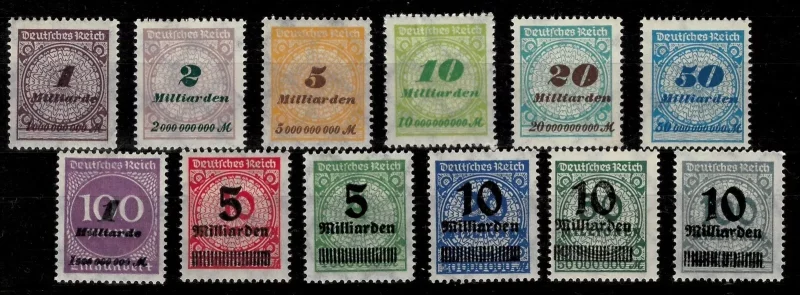
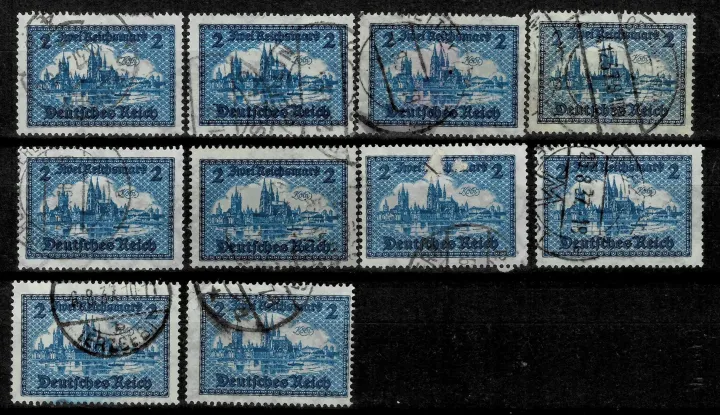
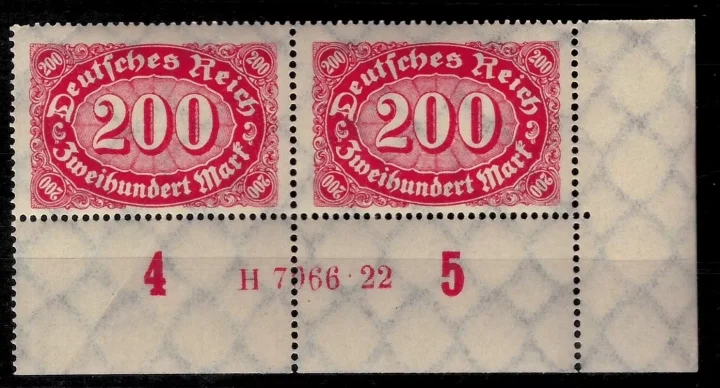
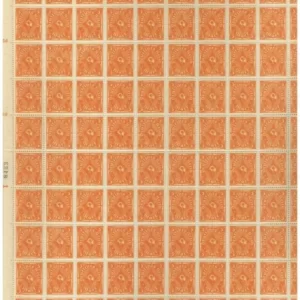
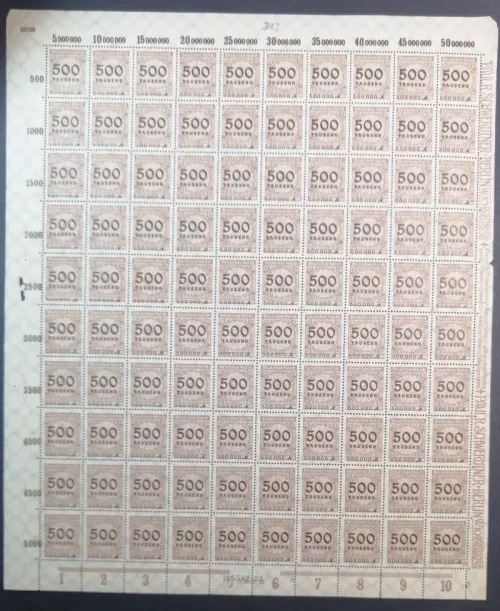
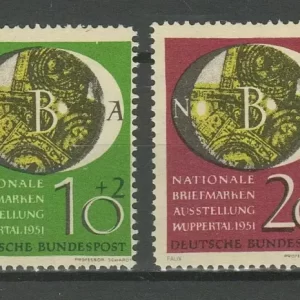

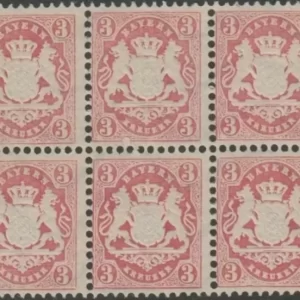
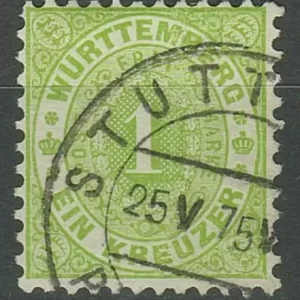
Reviews
There are no reviews yet.